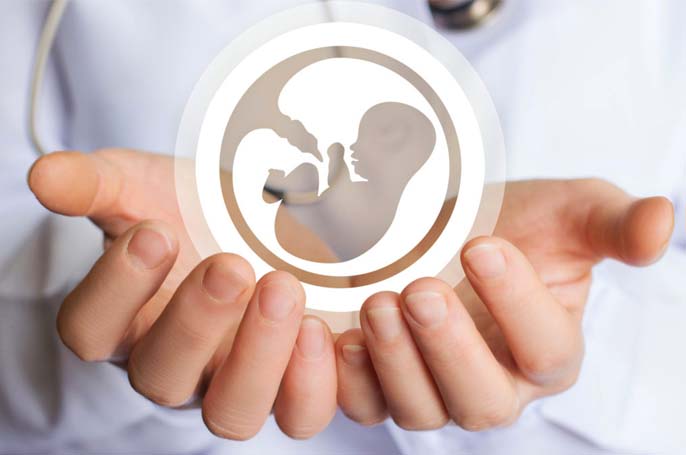IVF

IVF is a type of fertility treatment where fertilisation takes place outside of the body. It’s suitable for people with a wide range of fertility issues and is one of the most commonly used and successful treatments available for many people, in Jalandhar (Punjab).
It involves collecting a woman’s eggs and fertilising them manually with sperm in the lab. The embryo is allowed to develop for between two and five days and is then transferred back to the woman’s womb to hopefully continue to a successful birth.
Often several embryos will be created through fertilising the eggs. In these cases, you can choose to freeze their embryos .These can then used if the first cycle is unsuccessful or if you want to try for another baby.
In Vitro Fertilization (IVF)
In order for pregnancy to occur, an egg has to be released from the ovary and unite with a sperm. Normally this union, called fertilization, occurs within the fallopian tube, which joins the uterus (womb) to the ovary. However, in IVF the union occurs in a laboratory after eggs and sperm have been collected. Embryos are then transferred to the uterus to continue growth.
We provide affordable and quality infertility treatments with all advanced reproductive technologies. Specialize in IVF Clinic, IVF Treatment, IVF Cycle & IVF.
Steps of In Vitro Fertilization (IVF)
On Cloudnine, a typical in vitro fertilisation (IVF) cycle lasts between 3 and 4 weeks. The procedure is begun by administering the female partner with fertility drugs for twelve days, through daily hormone injections, from Day 2 or Day 3 of the menstrual cycle. This process stimulates the ovaries into producing more eggs than they would otherwise. During this period, routine ultrasounds and blood tests are performed, to monitor progress.
- 1. Egg Collection
Egg collection is a simple, painless procedure that usually lasts only half an hour. During this process, the eggs produced by mature follicles are retrieved with the help of a scan probe. Although the procedure doesn't hurt, it may make you slightly queasy, which is why is it performed under anaesthesia. The same-day routine typically requires admission of three to four hours.
- 2. Fertilization
Once we have collected an array of eggs and sperm from you and your partner, we carefully fuse them together to create several embryos. You may be recommended additional technologies, such as pre-implantation genetic screening (PGS), pre-implantation genetic diagnosis (PGD) and intracytoplasmic sperm injection (ICSI), to help improve the quality of the resultant embryos. Alternatively, you may be advised a simple IVF procedure.
- 3. Embryo Development
During the fertilisation phase, we would have ensured that we created several embryos, which can now be graded for quality by their appearance and integrity.
- 4. Embryo Transfer
- 5. Pregnancy
Two weeks after your embryo transfer, we will invite you in for a pregnancy test to check whether the procedure has been successful. Then, once you're six weeks into your pregnancy, we'll perform an ultrasound scan to check for a heartbeat.
- 6. Follow-Ups
If your IVF cycle has been successful, we recommend regular follow-ups, to rule out potential complications. Sometimes, IVF cycles that don't bear fruit can stir up a torrent of emotions in couples. We seek to connect with couples that may have experienced three unsuccessful IVF cycles, through individual counselling sessions. These complimentary consultations offer relief and support in the face of grief and present a range of alternative fertility options that can be pursued.
Risks of In Vitro Fertilization (IVF)
- Multiple Births
- Premature Labour and Low Birth Weight
- Ovarian Hyper stimulation Syndrome


